The HP TouchSmart tm2 is a 12.1 inch swivel touchscreen laptop. It is powered by Intel Core 2 Duo processors and makes use of ATI Mobility Radeon graphics. The multi-touch screen is usable by both fingers and pens, and it comes with a multi-gesture touchpad that has no buttons other than the pad itself…..
Let’s not forget that before “tablets” were all the rage there were, well, tablets. While most tablet PCs were — and still are — aimed at the business market, the HP TouchSmart tm2 (which began as the tx2000) was one of the first tablets for the average Joe. And despite rumors of a slate product and future WebOS devices, HP hasn’t given up on the tm2, and rightfully so. Just updated with a brand new Core i3 ULV processor, the convertible has a 12.1-inch capacitive touchscreen, a new TouchSmart layer for laptops, an onboard stylus for taking notes, and a striking design with a rather stellar chiclet keyboard. There’s no doubt the form factor still appeals to students or those simply looking for the power of a PC with a touch experience, but we wish HP paid a bit more attention to a few key features before shipping.
The HP TouchSmart tm2-1010ea can swivel. Its 12.1-inch touchscreen twists around, transforming a humble laptop into the kind of tablet device that we’re all continually informed is the future. For £730, however, you could buy a more powerful standard laptop instead. It’s also more expensive than the priciest Apple iPad. The question is: does the tm2-1010ea’s touchscreen interface add enough value for you to part with your hard-earned pennies?
HP’s big on metal lids with etched patterns these days, and just like the Pavilion dm4, the tm2’s purplish gray aluminum cover has a swirly motif engraved into it. Yes, the illustration on the tm2 is a bit more flowery and wavy than that on the dm4, but it didn’t bother us much. The entire convertible feels quite solid, and we like that the metal extends underneath the lid to the palm rest and keyboard border.
The tm2-1010ea looks slightly odd. The whole design clearly centres around the swivelling touch panel, and the eye is drawn to the conspicuous gap between the screen and the chassis. The laptop’s design is eye-catching, but we’re not overly thrilled by it — the whole unit looks more like a toy than the productivity-boosting machine it will doubtless become once placed in your capable hands.
Although the overall design could use some work, we were pleased by some of the details. The lid and chassis are etched with a flowing design that brings to mind either wispy, swirling clouds or a large pile of spaghetti, depending on how hungry you are. The keyboard, with its isolated buttons, looks particularly modern and fresh. The square shape of each key is pleasing, as is the glossy black plate that fills in the gaps between the buttons
Size-wise, the tm2 is thicker than we’d like, and the 1.5-inch tall back hump is pretty much a design disaster. While HP raised this back area of the system to fit in a larger six-cell battery, it makes it hard to hold the 4.72-pound tablet in the crook of an arm. Oh, and then there’s the small issue of it causing the entire system to tip backwards when sitting in your lap. Yeah, we tried tilting the screen different ways, but the entire laptop just wouldn’t sit flat on our thighs – and yes, we discovered this when we first put the laptop in our lap and it just tipped backwards onto the floor (thankfully it was carpeted!). Basically, the tm2 is a better tablet for a desk, though we used it frequently while lying on a couch by propping it up with our legs. The laptop is surrounded by three USB ports, HDMI, Ethernet, VGA, and a combo microphone / headphone jacks. There’s a 4-in-1 card reader, but no optical drive to speak of.
The keyboard is also comfortable to type on. The keys themselves don’t offer much travel, but they are pleasingly springy, so typing at speed for extended periods of time is no problem at all. The trackpad is similarly brilliant — it’s massive, smooth and responsive, and a world away from some of the cramped, knuckle-splintering oddities we’ve had to grapple with in the past.
The keyboard and touchpad combo on the tm2 is the same as that on the Pavilion dm4. The chiclet keyboard continues to be one of our favorites, and we actually chose to write a number of posts on the laptop just because we like the feel of the softly coated, squared-off keys that much. The touchpad, er,ClickPad, is the same as that on the dm4 and has integrated mouse buttons. While the pad has been widely reported as flaky, we’re actually getting quite accustomed to it — we expect that’s the case for many that are buying these new systems. We still prefer to double tap on the pad to make selections, but if you position your thumb carefully on the left mouse button and use your index finger to navigate, the cursor goes where it is told. The speakers on the bottom bezel of the screen aren’t as loud as those on the dm4, but they’ll fill a small dorm room without any problem.
As it stands, though, hitting the mark is simple enough. Windows 7 isn’t exactly an ideal basis for a touch interface, as it’s built very much for navigation with a mouse and keyboard, but finding your way around using the touchscreen is dead simple. You tap once to click something, twice for a double click, and hold your finger to the screen for a moment to bring up the right-click menu.\
The tm2’s 12.1-inch, 1280 x 800-pixel resolution screen is quite crisp, but the main adjective that comes to mind when describing it is glossy. We know we mention the need for more matte displays almost weekly, but in this case we were really beside ourselves – it seriously could double as a mirror. Viewing angles of the screen are also less than stellar; when we flipped the screen around and tilted it back to about 45 degrees, colors just faded, and we simply couldn’t make out images. Speaking of flipping the screen around – the unit’s bi-directional 360-degree hinge feels solid, and matching grooves along the edge of the keyboard and lid keep it locked in place when converted into slate mode.
While we do have those major issues with the gloss of the screen, the capacitive touchscreen layer was extremely responsive to finger and stylus input. Dragging a finger down the screen to scroll was very responsive, and light taps on icons / within menus was all it took to navigate Windows 7 Home Premium. Windows 7’s touchpack comes preloaded, and we had a ball zooming in on the earth in Surface Globe. While we do love the Garden Pond screen saver, which lets you put multiple fingers on virtual water, HP’s own DigiFish Dolphin application let us “swim” with the creatures and zoom in and out.
Perhaps the greatest accolade we can bestow upon this touch interface is that we often found ourselves using it instead of the trackpad and keyboard. The screen itself is responsive to the touch, although, if you don’t fancy smearing the screen with grease, there’s a stylus housed in the chassis that you can pop out for a quick prod.
But that’s not all you can do with touch here, and HP understands better than most that navigating Win7 with a finger can be more than frustrating. To that end, its TouchSmart software layer not only provides full screen shortcuts, but some touch customized applications. The user interface is very attractive and consists of a Cover Flow-like carousel of programs. All the applications open within the layer, and there’s everything from a photo viewer to a DVD player to a paint program. But most impressive to us was the TouchSmart Twitter application and the skinned Internet Explorer browser; the browser has been given touch friendly buttons, surfing was speedy and scrolling down the page with a finger worked like a charm. The Twitter application is a handsome piece of software – you can log into your Twitter account and then a very simple interface with large buttons appears. HP should really consider preloading this app on all of its laptops.
Swivel the screen around and down, and the tm2-1010ea will be in tablet mode, with not a button in sight. While far from unusable in this configuration, there are a few issues that stop the tm2-1010ea from really working well.
But unfortunately, we ended up spending very little time in the TouchSmart interface. We know, we know… we just raved about it for like two paragraphs. But while we appreciated the interface choices, the entire thing is simply too sluggish for everyday use. You have to wait anywhere from five to ten seconds for the applications within the software to open, and then they’re even laggy in use. We’re inclined to blame the specific software here as we had no other performance issues with this machine.
The Windows 7 onscreen keyboard is decent for typing a quick URL in tablet mode or even a tweet, but we much preferred using the stylus for writing or taking notes. The stylus wrote very smoothly on the screen and our chicken scratch was immediately turned into accurate, editable text. We didn’t find our palm getting in the way when writing in Microsoft Word, but it did select a few links in Internet Explorer when we went to type in the address bar. We actually wrote this entire paragraph using it. Impressed? There’s also a button on the stylus for right clicking
The tm2 definitely reaps the benefits of the ULV processor in battery life; the 62Wh six-cell battery lasted for four and a half hours on our video rundown test, which loops the same video at 65 percent brightness. In normal usage, we saw just above five hours of runtime. We should also mention that the entire system runs fairly cool.
With the Intel GPU in use, the tm2-1010ea held out for 2 hours and 40 minutes when we ran the punishing Battery Eater Classic test, which runs the CPU at full tilt until the battery’s exhausted. That’s by no means a disgrace, but it’s not particularly great either.
In addition to its TouchSmart software, the tm2 comes preloaded with HP’s usual programs. Just like we mentioned in the dm4 review, a lot of stuff should go straight to the Recycle Bin – including the preloaded eBay and Shutterfly shortcut on the desktop. However, the HP dock that’s mounted to the top of the desktop is a nice addition once you customize it with applications you’d actually use. HP’s QuickWeb is also there, but we’ve never really ended up hanging in the pre-boot OS much.
The HP TouchSmart tm2-1010ea tries to be both a tablet and laptop, but it ends up falling between two stools. Unless you’re dead set on owning a swivelling, convertible machine, we’d recommend you opt for a more powerful laptop, such as the cheap, 17.3-inch Samsung R730, which will better serve your media needs. On the other hand, if you’re sure you want a tablet, the tm2-1010ea probably isn’t what you’re looking for, because it’s fairly heavy and the touchscreen interface is slightly too clunky. We’d recommend you check out Apple’s iPad instead. It’s cheaper and much more usable.
There are surely some things we’d change about the HP TouchSmart tm2 – we’d remove the battery bump, put in a normal touchpad, and speed up the Touchsmart software – but for an $899 starting price and now with its Core i3 upgrade, it’s actually one of the best convertible laptops for students or just those that just want to reach out and touch a screen. Of course, slate-like tablets are the new thing, and some will opt to pick up an iPad and then a cheap laptop to get their computing fill, but there’s still something appealing about having an all-in-one device that can do it all. We just wish the touch interface did its thing a bit more briskly.
Resources :sulit.com.ph,reviews.cnet.co.uk,engadget.com
[ttjad keyword=”laptop-hp”]

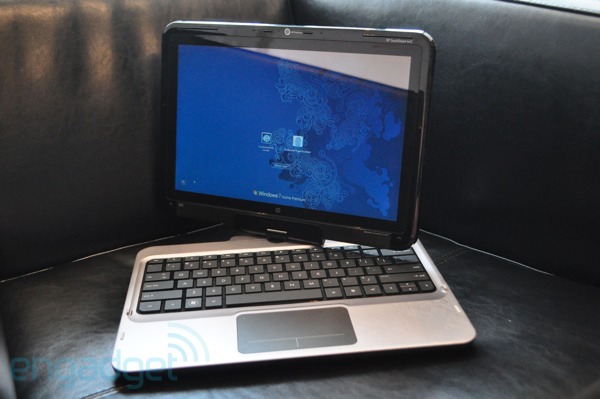
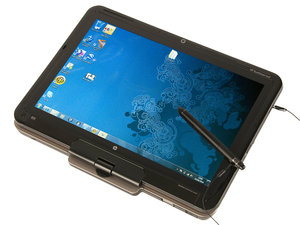
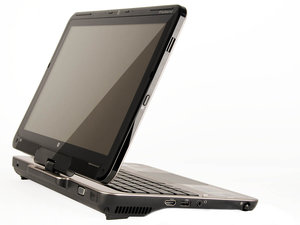
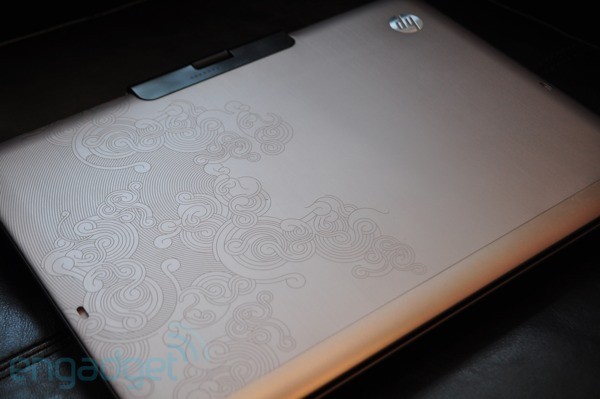
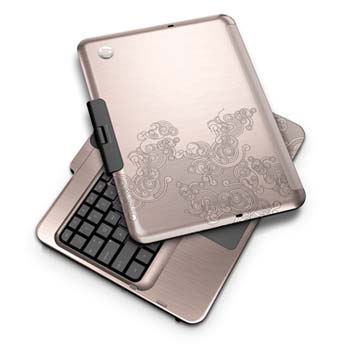
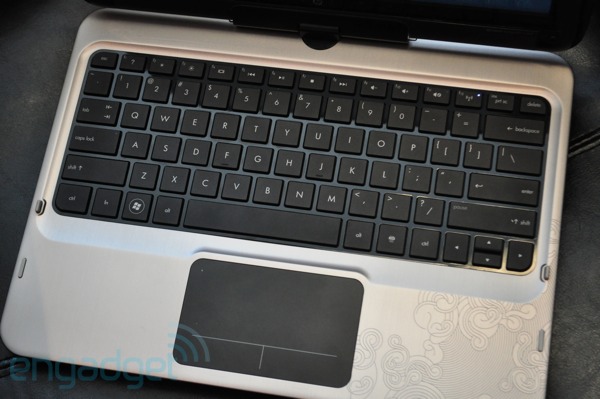
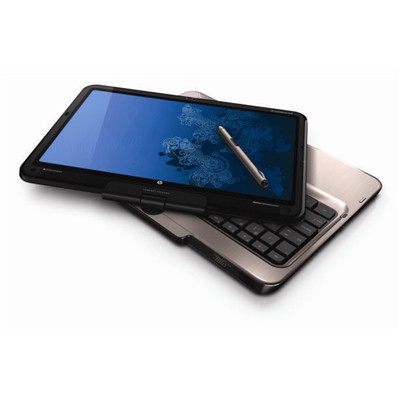
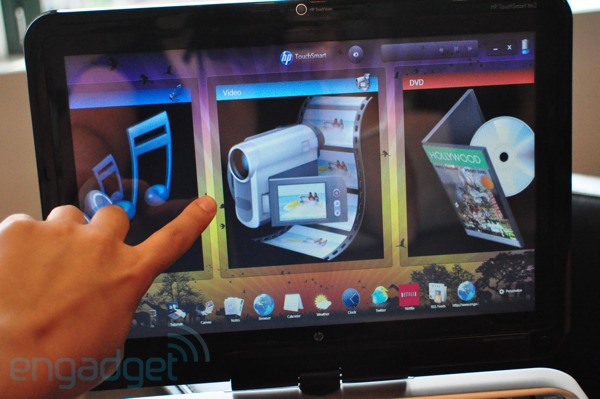
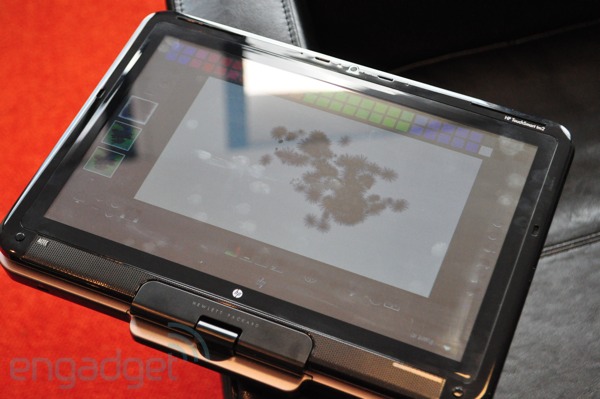
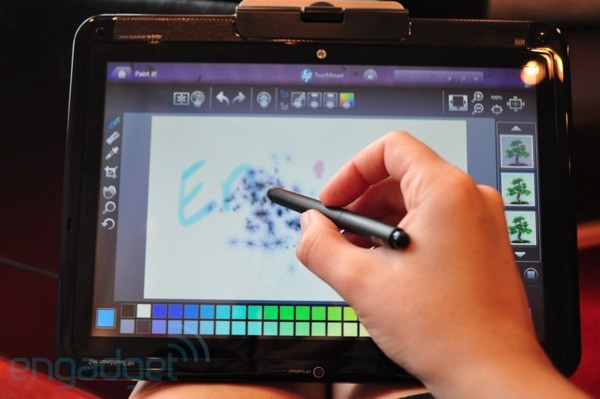
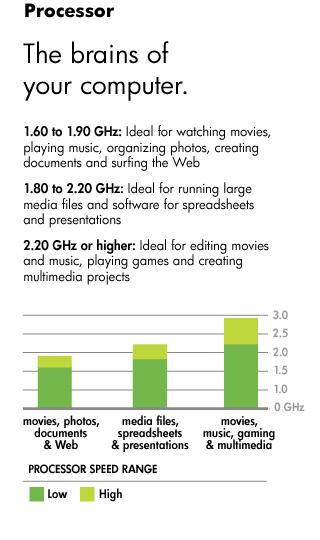
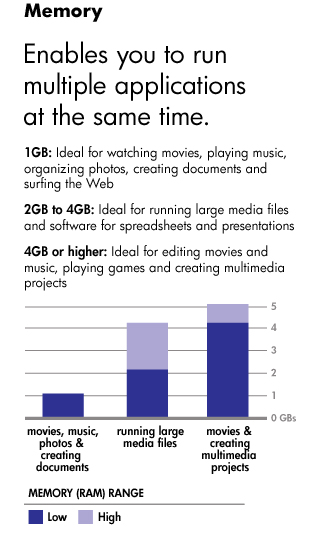
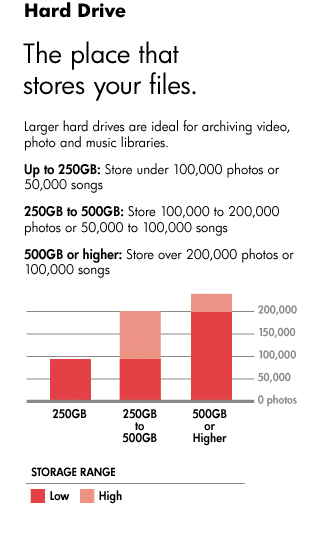
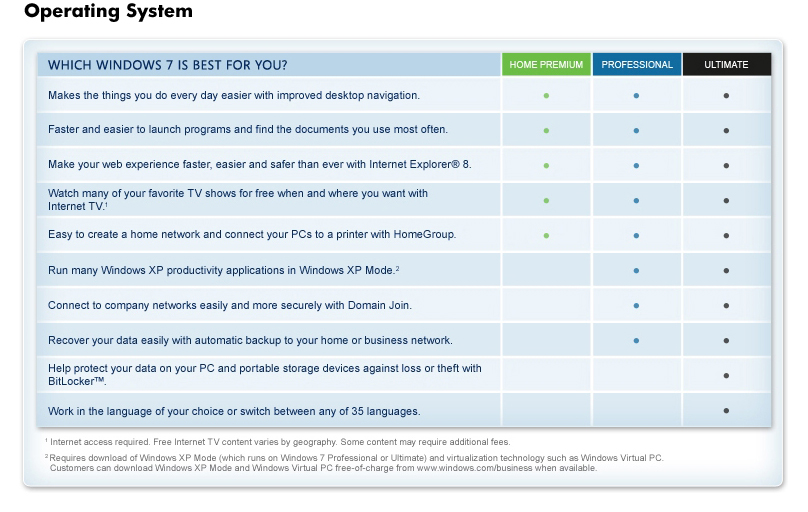
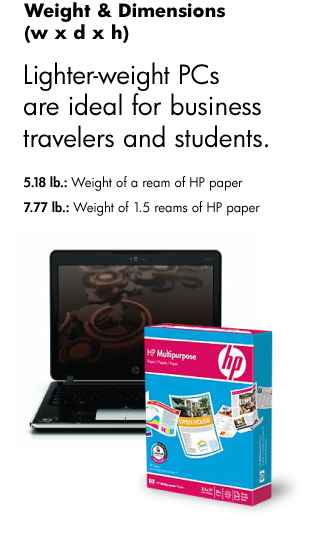
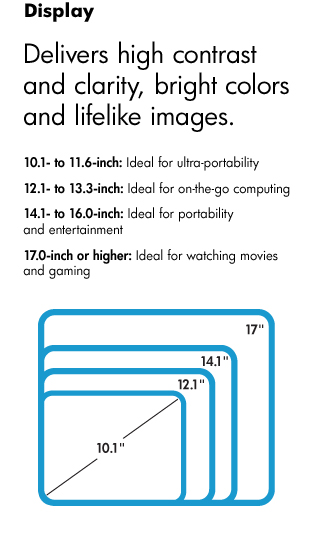
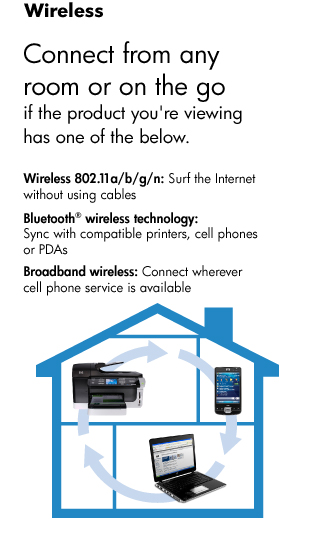
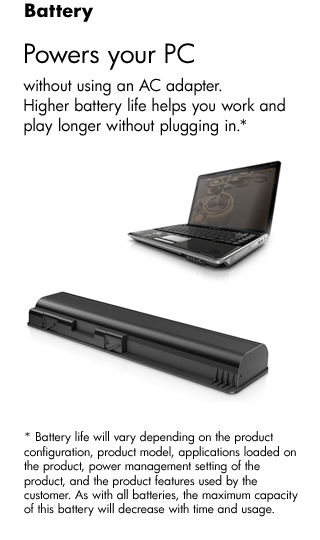
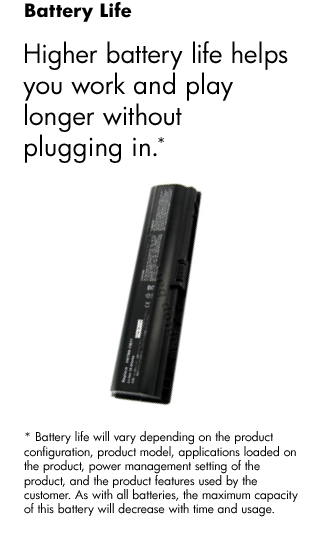
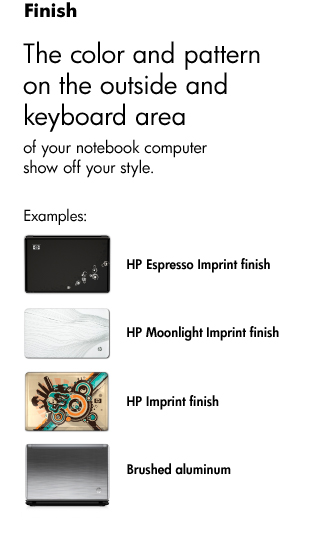
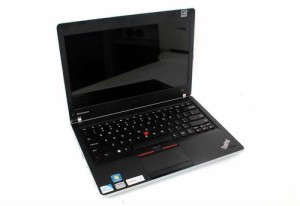
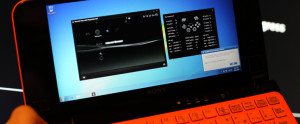
Pingback: Gadget Newz